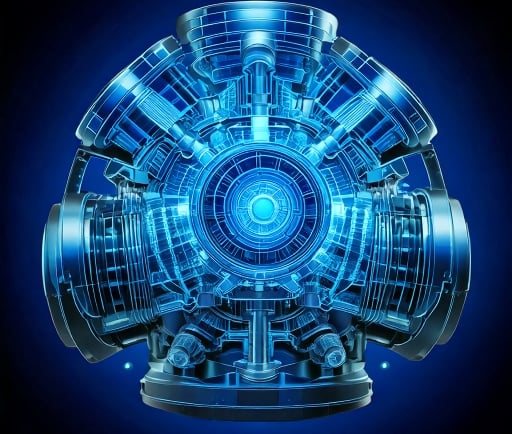Revolutionizing Space Travel: Russia's Plasma Engine and Its Mars Mission


Introduction to Russia's Plasma Engine
In the realm of space exploration, advancements in propulsion technology play a critical role in reducing mission timelines and enhancing overall efficiency. Recently, Russia unveiled its innovative plasma engine that promises to radically transform interplanetary travel. Utilizing hydrogen particles and magnetic forces, this groundbreaking technology is designed to make the journey to Mars achievable in just 30 days, a significant leap forward in our quest to explore the Red Planet.
The Technology Behind the Plasma Engine
At the heart of this new plasma engine is a sophisticated system that accelerates hydrogen particles to astonishing speeds. By harnessing magnetic forces, the engine propels these particles at an incredible velocity of 100 kilometers per second. This remarkable speed not only cuts down travel time but also paves the way for potential missions to other distant celestial bodies in the future.
The concept of using plasma as a propulsion method is not entirely new; however, Russia's implementation appears to push the boundaries of current technology. This engine operates by creating high-temperature plasma that is then manipulated via magnetic fields, enabling precise control over the thrust produced. Unlike traditional chemical propulsion systems, plasma engines offer greater efficiency and the capability to sustain thrust over extended periods, making them particularly suited for deep space exploration.
Implications for Future Mars Missions
Russia's plasma engine not only aims to shorten the journey to Mars but also opens up new possibilities for future colonization efforts. Traveling to Mars within 30 days could enable more frequent missions and a sustained human presence on the planet, facilitating in-depth research and the possibility of resource utilization. Additionally, the reduced travel time improves the safety of astronauts, minimizing their exposure to cosmic radiation and other threats present during long missions.
Moreover, the development of such propulsion technology has broader implications for the global space exploration community. As nations invest in innovative technologies, the competitive landscape encourages collaboration and information sharing, potentially leading to shared missions and objectives in our quest to explore and understand the universe.
Conclusion
In summary, Russia's new plasma engine signifies a profound advancement in space travel technology that could revolutionize future missions to Mars and beyond. By enabling travel times of just 30 days using hydrogen particles accelerated by magnetic forces, this innovation captures the imagination and fuels interest in interplanetary exploration. As we stand on the brink of what may become a new era in space travel, the implications of such technology could shape our understanding of not only Mars but the cosmos as a whole.
